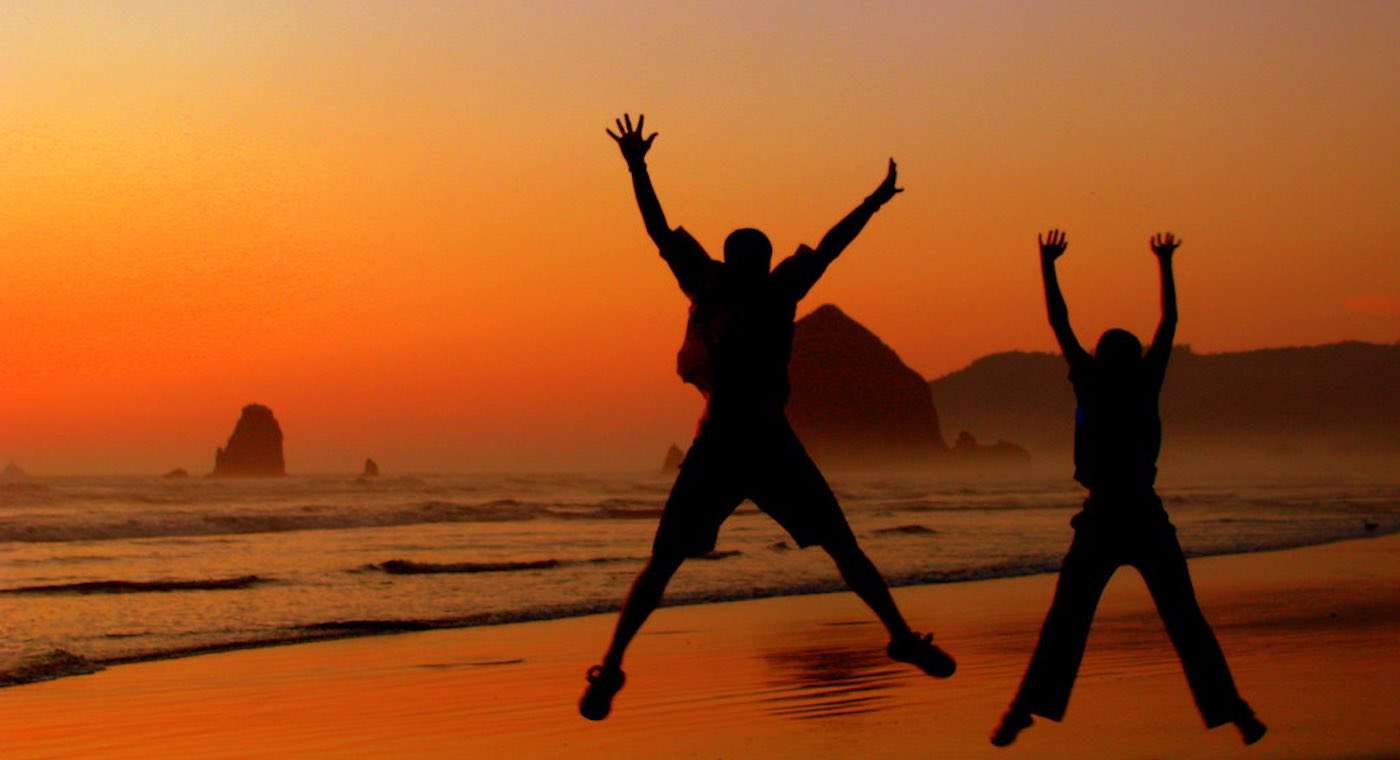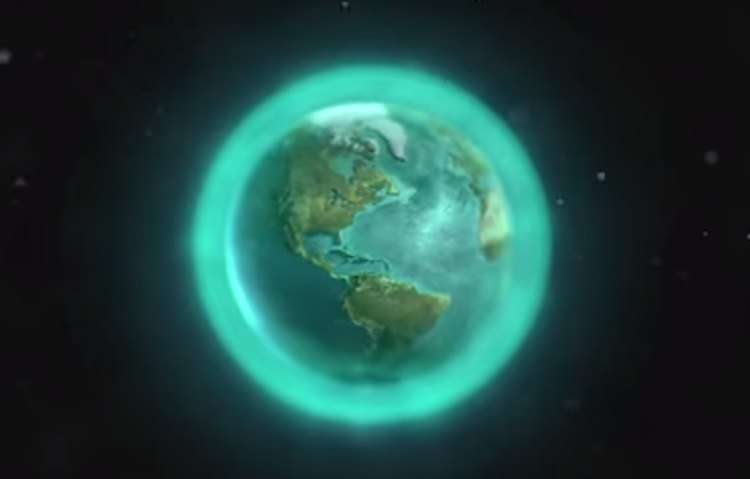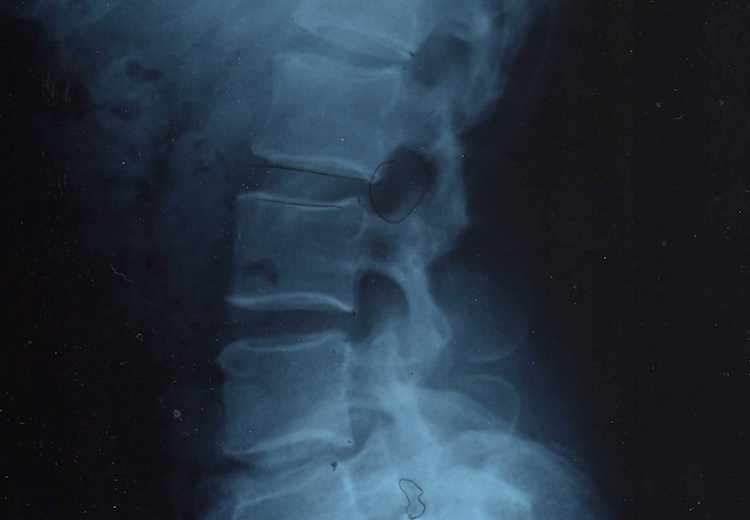In many respects 2014 was a rough year, with Ebola, the Islamic State, and deaths in Ukraine, but it was also one in which social media-inspired kindness, numerous health breakthroughs and positive trends took center stage at the Good News Network.
In Poland, for instance, where a paralyzed man re-grew nerve connections that let him walk again, doctors declared the day had come when spinal cord injuries became repairable. . . Here then, is our countdown of the Top Ten Good News stories of 2014:
First released on November 21, 2013, the Pharrell Williams song, Happy, became a contagious interactive mantra of positivity in 2014. The bubbly song reached #1 in 24 countries and became one of the best selling singles of all time. However, it was the music video that Pharrell made showing people in L.A. dancing and miming to the lyrics that galvanized groups in cities across the world to create their own versions, like these from an elderly home, from engineers in London, and citizens in Belfast. Pharrell partnered with the United Nations to promote their annual International Day of Happiness in March, and by May, more than 1,950 videos from 153 countries had been created with people dancing and proclaiming, "I'm Happy".
With bitter cold weather and snow hammering the usual northern cities but also places that don't know how to handle icy roads, the "Polar Vortex" of 2014 brought out the best in businesses and citizens who wanted to help strangers who were stranded. A Pennsylvania pizza shop owner contacted the media to advertise his willingness to make deliveries of prescriptions or food to the elderly and disabled. After 39 inches of snow (100 cm) stranded cars near Tokyo, the driver of a bakery truck decided, since the delivery could not likely be completed by the sell-by date, he would give away all the pastries and breads to those stuck on the roadway. Snow blowing gangs of men in Detroit and a Missouri 12-year-old cleared the way for the elderly and a hero in Illinois was driving around jump-starting cars for free. Sweetest of all, Atlanta residents hearing reports of stranded motorists, brought hot cocoa and sandwiches to stunned drivers.
Scientists and entrepreneurs are transforming the scary idea of drones into a service that can save lives. Aerial drone technology is being used in Europe to create flying ambulance toolkits that can speed a defibrillator to the scene of a cardiac arrest victim within a minute, when it would take an ambulance ten. An Iranian team have put their robotics expertise to work developing a lifeguard drone for use along the Caspian Sea coast, where more than a thousand people drown every year. Humanitarian drones are now delivering medical supplies and lab test specimens over roadless areas in Africa. And, a NASA engineer has created an unmanned vehicle to fly over great expanses of forest in Virginia searching for tiny wildfires before they blow up.
Of the many heartwarming Olympics stories this year, including Bode Miller making history as oldest skiier to ever win a medal, our favorite was the story of American Tracy Barnes who has competed together with her twin sister in world class biathlon events for 15 years. But this year, luck dealt Lanny Barnes a brutal blow as she fell ill and missed the qualifying races that could have earned her a spot on the five-person team. Tracy earned a spot but declined it, giving the chance to her sister.
The ALS ice bucket challenge caused a social media fundraising explosion this summer inspiring donations of $115 million for efforts to cure and treat ALS (Lou Gehrig's disease). But because the trend wasted precious water, we liked the #RAKnomination craze that surfaced in February better. Out of a dangerous binge-drinking nomination game on Twitter that claimed the lives of several youth came an adaptation where a person would post a video, not of them drinking, but of doing a random act of kindness (RAK) and then nominate two friends to do the same. The #RAKnominations that inspired youth in Europe and Canada began in South Africa when Brent Lindeque decided to break the drinking game cycle, in favor of something that might show how powerful social media can be if used for good. He gave a huge sandwich, chocolate and a coke to a panhandler on the street. He filmed it, nominated two people and challenged them to do the same within 24 hours.
In August a commuter whose leg had disappeared into the space between a train and the platform was freed by his fellow passengers in Perth, Australia. Surveillance video shows dozens of passengers as they gathered around and tip the train enough to release his trapped limb. In November, a video from China documented the goodness of strangers when 20 people rushed to the aid of a woman run over by a car following a motorbike crash.
"It's a victory for diplomacy and for science," and for the fact that all the nations in the world worked together, said the Nobel Prize chemist who first forecasted the ozone depletion in 1974. All the 197 nations of the UN pledged in 1987 to ban the chemicals that were destroying the Earth's protective ozone layer, the first time anything was unanimously adopted by all members of the United Nations.
Communities of tiny houses for the homeless have been popping up around the US. One opened in November in downtown Madison, Wisconsin — built by the very homeless individuals who will benefit, alongside members of Occupy Madison, who became aware of the homeless problem when they were encamped locally during the Occupy Wall Street protests. Six formerly homeless men now live at Second Wind Cottages, a cluster of tiny houses in Ithaca, New York set on property donated by an auto body shop next door. Even a fraternity is getting involved. The young men of Phi Kappa Psi at the University of Alabama have raised thousands of dollars for their initiative to create a communal village of tiny homes somewhere in Huntsville. Other initiatives are popping up in Austin, Syracuse, New Jersey, St. Cloud, and Portland, Oregon.
Raudhatul Jannah was just 4 years old when the catastrophic tsunami roared into the Indonesian town of Aceh and swept her away. In August, the girl, who was by then 14, was reunited with her family after being raised by a fisherman's elderly mother and spotted in a crowd by her uncle. In the days following media reports of the reunion, a woman recognized the resemblance to a homeless boy, which turned out to be their son Arif, who also rejoined his family after he was washed out to sea at age seven with his sister.
Since his infant son Sam was diagnosed with type 1 diabetes 23 years ago, Harvard scientist Doug Melton has dedicated his career to finding a cure for the disease. On October 9 he announced that he and his colleagues had taken a giant leap forward, for the first time producing massive quantities of human insulin-producing cells. In trials with mice, he said, "We can cure their diabetes right away — in less than 10 days."
Featured photo by Ken Brown, CC license
We hope you agree that 2014 was a pretty good year. Please SHARE if you think so…
May good bless us even more in 2015.










Be the first to comment